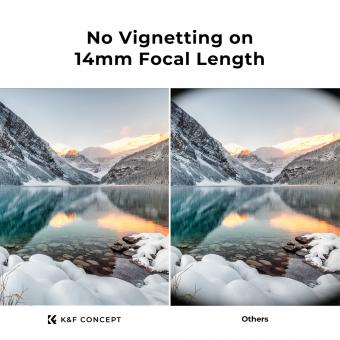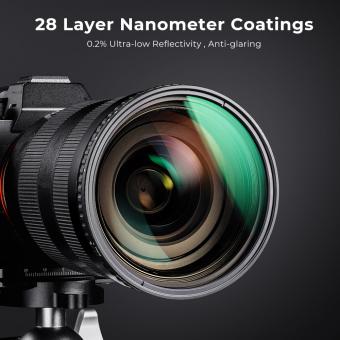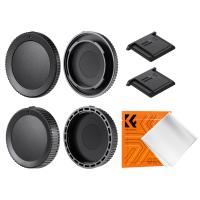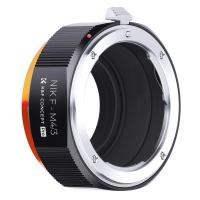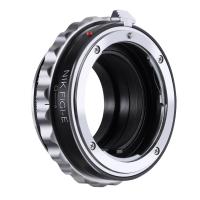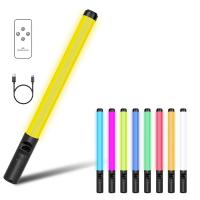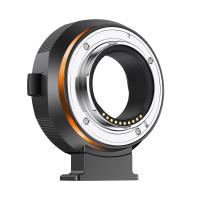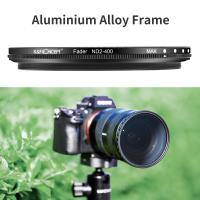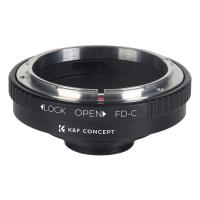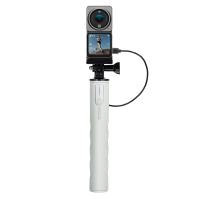What Are Lens Filters For ?
Lens filters are accessories that are attached to the front of a camera lens to modify or enhance the image being captured. They serve various purposes, including improving image quality, adding creative effects, and protecting the lens. Filters can be made of glass or resin and come in different shapes and sizes to fit different lenses. Some common types of lens filters include UV filters, which reduce haze and protect the lens from scratches and dust; polarizing filters, which reduce glare and enhance color saturation; neutral density filters, which reduce the amount of light entering the lens, allowing for longer exposures or wider apertures in bright conditions; and color filters, which alter the color balance of the image. Lens filters are a versatile tool for photographers and videographers, allowing them to achieve specific visual effects and control the light entering the lens.
1、 Light control: Enhancing or reducing specific wavelengths for desired effects.
Lens filters are optical accessories that are used in photography and videography to modify the light entering the camera lens. They are primarily used for light control, allowing photographers and filmmakers to enhance or reduce specific wavelengths of light to achieve desired effects in their images or videos.
One of the main purposes of lens filters is to enhance the colors and contrast in a scene. For example, a polarizing filter can reduce glare and reflections from non-metallic surfaces, making colors appear more vibrant and saturated. This filter is commonly used in landscape photography to make skies appear bluer and clouds more defined.
On the other hand, filters can also be used to reduce certain wavelengths of light. For instance, a neutral density (ND) filter reduces the amount of light entering the lens without affecting the color balance. This allows photographers to use slower shutter speeds or wider apertures in bright conditions, creating motion blur or shallow depth of field effects.
In addition to color enhancement and light reduction, lens filters can also be used for creative purposes. Some filters, such as the infrared (IR) filter, block visible light and only allow infrared wavelengths to pass through. This results in surreal and dreamlike images with unique color shifts.
It is worth mentioning that with advancements in digital post-processing, some effects achieved through lens filters can now be replicated using software. However, many photographers and filmmakers still prefer using physical filters as they provide real-time feedback and allow for more precise control over the final image.
In conclusion, lens filters are versatile tools that offer light control by enhancing or reducing specific wavelengths of light. They play a crucial role in photography and videography, allowing artists to achieve desired effects and add a creative touch to their work.
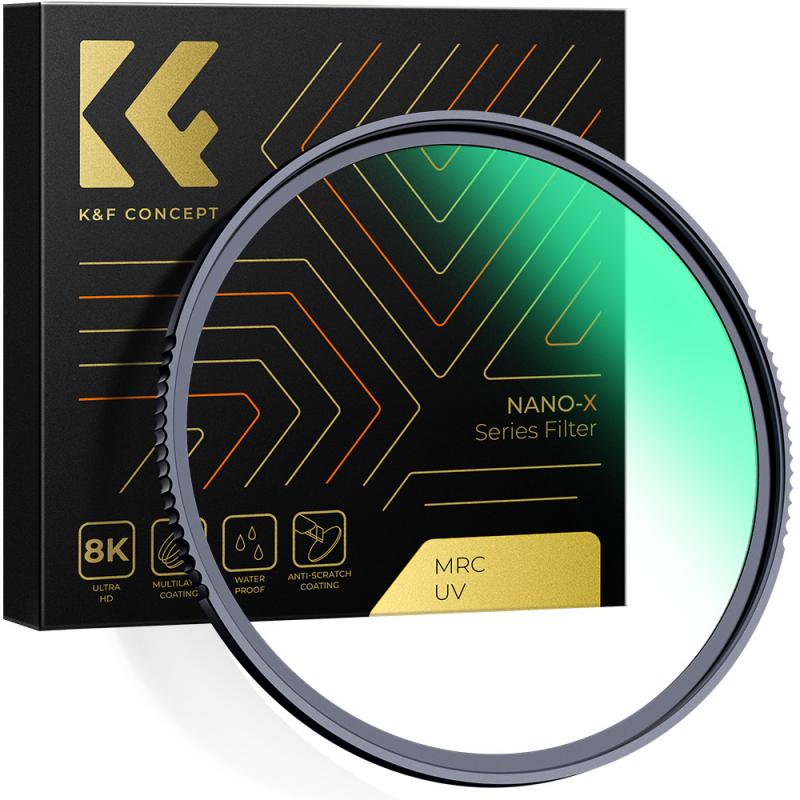
2、 Color correction: Adjusting color balance and eliminating color casts.
Lens filters are optical accessories that are placed in front of a camera lens to modify the way light enters the camera. They serve various purposes, but one of the primary functions of lens filters is color correction. Color correction involves adjusting the color balance and eliminating color casts in a photograph or video.
Color casts occur when the lighting conditions are not ideal, resulting in an unwanted tint or hue in the image. Lens filters can help correct these color imbalances by selectively filtering out certain wavelengths of light. For example, a blue filter can be used to counteract the warm tones of indoor lighting, while a warming filter can be used to add warmth to a cool-toned scene.
In addition to color correction, lens filters can also be used for creative purposes. For instance, a polarizing filter can enhance the saturation and contrast of colors, making them appear more vibrant. Neutral density filters can reduce the amount of light entering the camera, allowing for longer exposures or wider apertures in bright conditions. Graduated filters can help balance the exposure between the sky and the foreground in landscape photography.
It is worth noting that with advancements in digital photography and post-processing software, some photographers argue that the need for lens filters has diminished. They argue that many color correction and creative effects can be achieved through software manipulation. However, lens filters still offer certain advantages, such as reducing glare and reflections, protecting the lens from scratches and dust, and providing a real-time preview of the effect in the viewfinder.
Ultimately, lens filters are versatile tools that allow photographers and videographers to have greater control over the colors and tones in their images. Whether for color correction or creative purposes, lens filters continue to play a significant role in the world of photography.
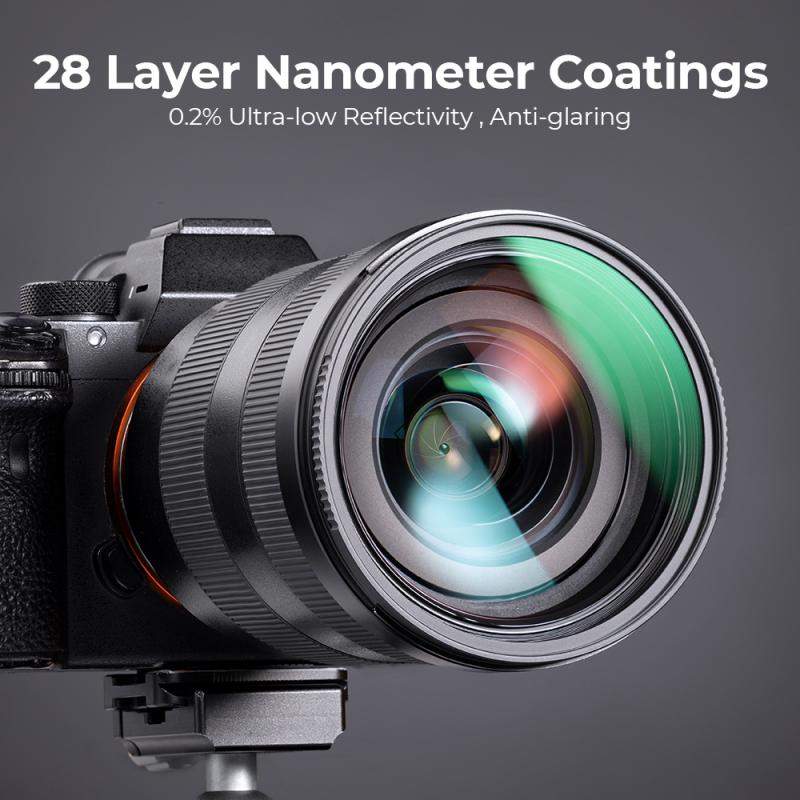
3、 UV protection: Shielding lens from ultraviolet rays and reducing haze.
Lens filters are accessories that are attached to the front of a camera lens to enhance or alter the image being captured. One of the primary purposes of lens filters is to provide UV protection. These filters act as a shield, blocking harmful ultraviolet rays from reaching the camera lens and reducing the amount of haze in the resulting image.
UV rays are invisible to the human eye but can have a significant impact on photographs, especially in outdoor settings. These rays can cause a bluish cast, reduce contrast, and create a hazy appearance in images. By using a UV filter, photographers can minimize these effects and produce clearer, more vibrant photographs.
In addition to UV protection, lens filters also serve other purposes. For instance, polarizing filters are commonly used to reduce glare and reflections from non-metallic surfaces such as water or glass. They can enhance the colors and saturation of the image, making it more visually appealing.
Neutral density filters are another type of lens filter that reduces the amount of light entering the camera lens. This allows photographers to use slower shutter speeds or wider apertures in bright conditions, creating effects such as motion blur or shallow depth of field.
It is worth noting that with advancements in digital photography and post-processing software, some argue that the need for certain lens filters has diminished. For example, UV filters may not be as necessary for digital cameras as they were for film cameras, as most digital sensors already have built-in UV protection. However, some photographers still prefer to use UV filters as an extra layer of protection for their expensive lenses.
Ultimately, lens filters provide photographers with a range of creative options and practical benefits. Whether it is for UV protection, reducing glare, or achieving specific visual effects, lens filters continue to be valuable tools in the world of photography.

4、 Polarization: Minimizing reflections and enhancing contrast and saturation.
Lens filters are essential accessories for photographers and videographers as they serve multiple purposes in enhancing the quality of their work. One of the most commonly used filters is the polarization filter. Its primary function is to minimize reflections and enhance contrast and saturation in images.
When light reflects off non-metallic surfaces such as water, glass, or foliage, it becomes polarized, resulting in unwanted glare and reflections. By attaching a polarization filter to the lens, photographers can effectively reduce these reflections, resulting in clearer and more vibrant images. This is particularly useful when shooting landscapes, where water or glass surfaces often cause distracting reflections.
Moreover, polarization filters also help enhance contrast and saturation in photographs. By selectively blocking certain polarized light waves, these filters can deepen the blue of the sky, make clouds more prominent, and intensify the colors of foliage and other elements in the scene. This results in more visually appealing and dynamic images.
In addition to their traditional uses, polarization filters have gained new relevance in the digital age. With the rise of social media and online platforms, photographers are constantly seeking ways to make their images stand out. Polarization filters offer a simple yet effective way to achieve this. By reducing reflections and enhancing contrast and saturation, these filters can help photographers create eye-catching and impactful visuals that capture the attention of viewers.
In conclusion, lens filters, particularly polarization filters, are essential tools for photographers and videographers. They minimize reflections, enhance contrast and saturation, and ultimately contribute to the overall quality and visual appeal of the captured images. With the ever-increasing demand for visually striking content, polarization filters continue to play a crucial role in the world of photography and videography.










